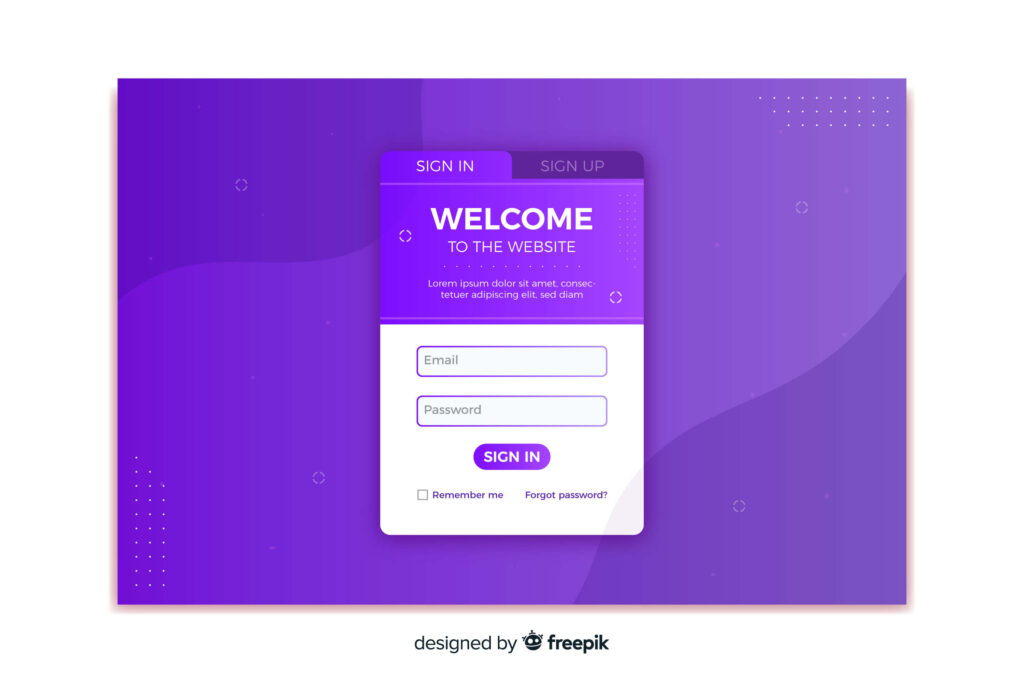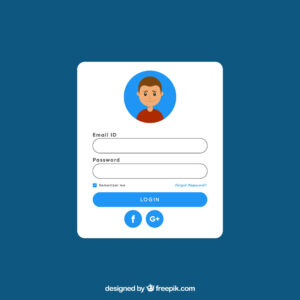Forms are the gatekeepers of your website. They’re where potential customers sign up for your email list, download your ebook, or request a quote. But if your web forms are confusing, cluttered, or just plain boring, those leads will disappear faster than a free trial with no credit card required.
A well-designed form, however, is a silent salesperson. It guides users through the process of giving their valuable information, fueling your lead generation, sales, and user data that helps you refine your marketing efforts. The problem? Many websites have awful forms. Did you know that studies show that poor form design is a major contributor to abandonment, with factors like length, confusing layout, and unclear instructions having a significant impact?
This guide tackles everything you need to know about web forms, from the technical “how to create one” to the UX magic of getting users to follow through. Whether you’re a tech whiz or a complete beginner, we’ll break down the steps and strategies that turn web forms into conversion champions.
What is a Web Form?

Think of a web form as a mini-questionnaire embedded on your website. It’s a two-way street: you ask for specific information from the user, and in exchange, you offer them something valuable – a free download, a consultation, a spot on your email list.
Here are some of the most common types of web forms;
- Contact Forms: These allow visitors to send you a message directly through your website.
- Signup Forms: Capture email addresses to build your subscriber list.
- Order Forms: Facilitate online purchases.
- Survey Forms: Gather user feedback and opinions.
- Lead Generation Forms: Qualify potential customers by asking for specific details.
Web Forms vs. Web Pages: What’s the Difference?
The key difference between a web form and a web page lies in interactivity. A web page is primarily static content – you read it, learn something, and move on. A web form, however, encourages users to take action by providing information. Think of it as a two-way conversation starter.
Here’s another way to look at it: web pages are for informing, and website forms are for collecting. The information a user submits on a form gets sent to your database or email system, allowing you to follow up and nurture leads.
How to Create Your First Web Form

The good news is that you don’t need to be a coding whiz to create effective web forms. Here are a few options to consider, depending on your technical comfort level:
- No-Code Builders: These user-friendly platforms let you drag and drop form elements to build your form visually. Some popular options include:
- ConvertKit (geared towards email marketing)
- Google Forms (great for basic forms)
These builders are a fantastic choice for beginners or those who need a form up and running quickly. Many have free plans with limited features and paid tiers with more customization options.
- Plugins (For WordPress Users): If you use WordPress to manage your website, there are numerous form builder plugins available. These integrate seamlessly with your existing site and often offer additional features like conditional logic (where questions change based on previous answers). Popular options include:
- WPForms
- Gravity Forms
- Coding From Scratch: While this approach offers the most flexibility, it requires some HTML knowledge. For most users, the no-code options above will be sufficient.
Form Design for Success: The Psychology of Getting Them to Click
So, you’ve built your form. Now comes the crucial part: making it user-friendly and enticing enough to get people to fill it when they visit your landing page. Here are some key psychological factors to consider;
- Length Matters: People are busy, and lengthy forms can be intimidating. Only ask for the information you NEED.
- Order & Flow: Group related fields together (e.g., name and address) and arrange them in a logical order to guide users through the process.
- Microcopy is Key: The tiny labels and instructions next to each field can make a big difference. Use clear, concise language and avoid jargon. For example, instead of just “Email,” try “Enter your best email address” to encourage accurate submissions.
- Colour & Visuals: Choose colours that align with your brand and ensure your form stands out and is easy to read. High-contrast text, clear labels, and sufficient white space prevent eye strain and improve the user experience.
- Progress Indicators: Multi-page forms, while sometimes necessary, risk abandonment. Adding a visual progress bar clearly showing the user how much they’ve completed reduces frustration and increases the likelihood of follow-through.
How Do Website Forms Work? (Understanding the Backend)
While most users won’t care about the nitty-gritty technical side, having a basic understanding helps with troubleshooting and choosing the best form-building tools for your needs. Here’s a simplified overview:
- Data Submission: When a user hits “submit,” the form data is sent to your server using either GET or POST methods. Without getting into coding specifics, it’s worth mentioning there are security differences between these, impacting which is best for sensitive info.
- Error Handling: Ever gotten a generic “Your form could not be submitted” message? Infuriating! Good design includes helpful error messages guiding the user to fix the problem (“Please enter a valid email”).
- Security & Privacy: People are more hesitant than ever to share personal details online. Reassure them with a clearly visible link to your site’s privacy policy, and use security measures like encryption to protect their data.
Advanced Tips to Boost Conversion on Your Forms
Ready to take things to the next level? Here are some additional techniques that can boost conversions even further with your form.
- Autofill & Smart Fields: Modern web forms can recognize previously entered information, speeding up completion for repeat users. Consider tools that pre-populate fields based on location, or adapt based on previous responses.
- Mobile Optimization: A significant portion of your website traffic likely comes from mobile devices. Ensure your forms are optimized for mobiles or responsive and easy to fill out on smaller screens, where fat fingers can cause mistyped fields.
- A/B Testing: Design isn’t just about aesthetics; it’s about results. Experiment with button colours, placement, and wording to see what drives the most conversions. Most form builders have A/B testing capabilities built in.
Related post: Designing Landing Pages That Maximize Conversions: A Deep Dive
Let’s Fix Your Forms!
Are your web forms leaking leads and frustrating potential customers? We can help you analyze your current web forms and identify the friction points hindering conversions. Contact us for a free website audit.





